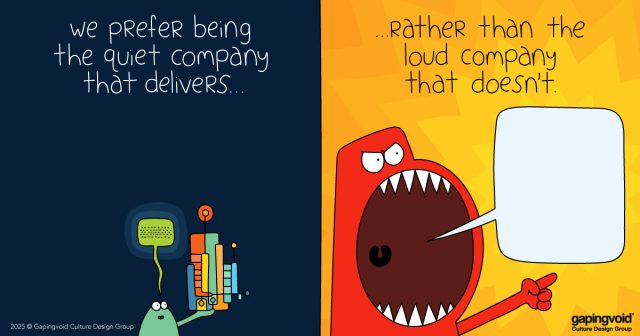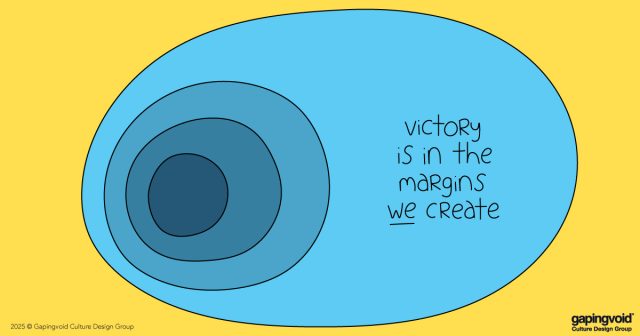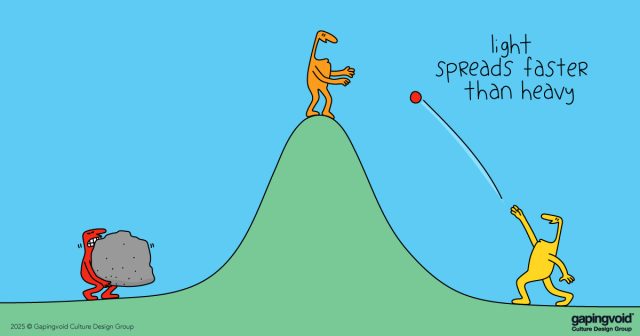
Netflix’s ‘Drive to Survive’ has transformed and turbocharged the Formula One (F1) business. The series beautifully depicts dramatic stories of power, money, ever-changing status, and, oddly, engineering. F1 teams are notoriously expensive to run.
A lot of those costs are obvious i.e. moving cars and teams around the world, multi-million dollar salaries, lots of champagne and caviar. But perhaps the greatest unseen cost center is the 1000 person strong engineering teams each car has to support its effort.
This tracks interestingly to a recent Defense Mavericks podcast where host, Bonnie Evangelista, interviewed Will Roper, CEO of Istari and former Assistant Secretary of the Air Force for Acquisition, Technology, and Logistics.
It was a fascinating interview. Oddly, it wasn’t just about acquisition or the usual policy-nerd stuff you’d expect ex-Presidential appointees to talk about. It was really about building the mindsets that inform digital transformation and the culture that creates it.
Which brings us back to Formula 1.
Roper discovered that during the course of an F1 season, the cars are consistently digitally re-engineered, so much so that the cars racing on the last day of a season are only 20% the same as the first race. Meaning cars on day one wouldn’t even qualify against the cars that race at the end of the season. His takeaway was that the core of the F1 model, one of the digital engineering and rapid iteration, could also be a DoD model.
Roper’s message is pretty clear: If we’re going to be able to take on an adversary as formidable as, say, China, then we HAVE, HAVE, HAVE to start building a Military culture that can iterate and innovate at a similar level as Formula 1.
In our DoD work, we often work in similar areas of digital transformation and technology. Too many people see these as purely technological challenges, but we see them differently. The real key is creating a culture that embraces these technologies.
The F1 example isn’t merely about tech, it’s about culture.
Without a well-designed relationship to curiosity, failure, and experimentation, it is literally impossible to build high-performing, agile organizations. Look no further than the difference in the rate of development at SpaceX vs. NASA.
That’s because culture drives the operational outcomes. F1 proves it:
There is no way to build high-performing organizations without the cultural models that drive the strategy. Or to put it differently, strategy without culture is just wishful thinking.
The next time you see a ‘strategy’ document, ask ‘what are the cultural norms that must be true in order to deliver this thing.
Start there. Always start there.



